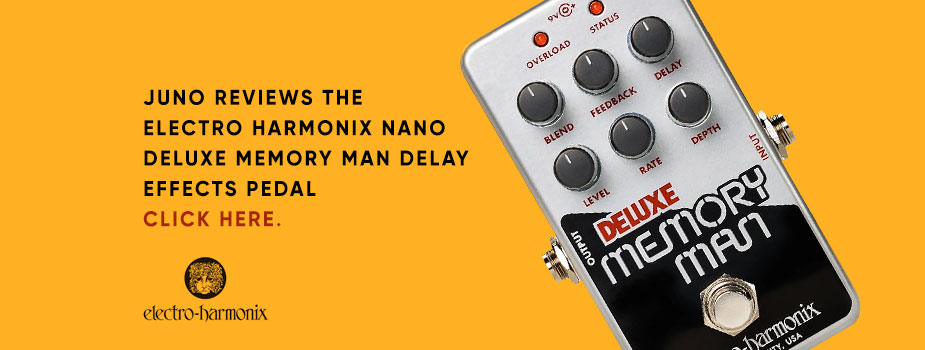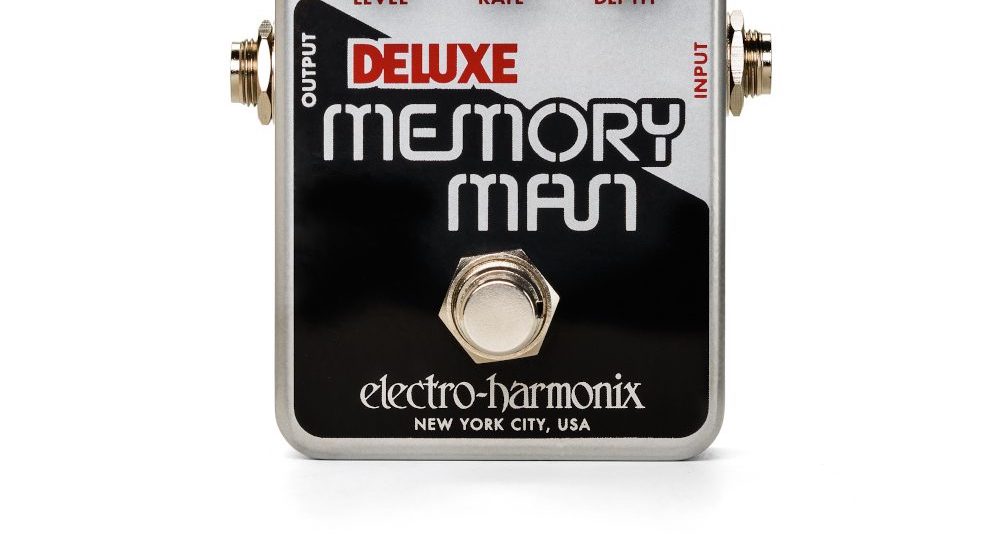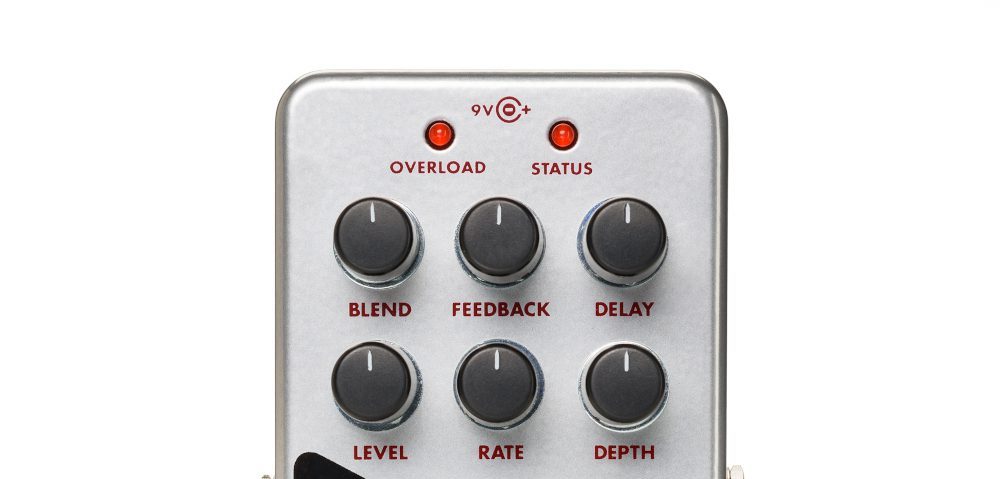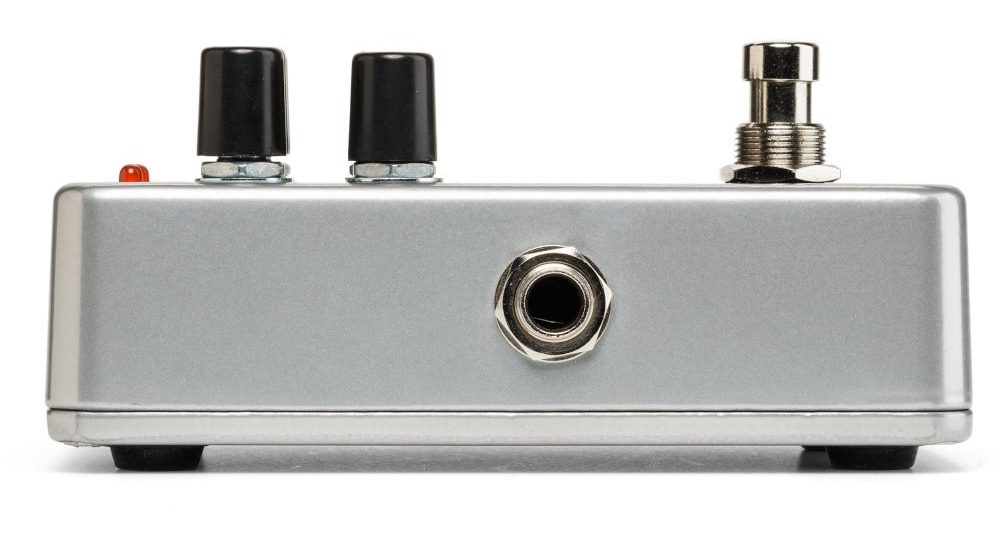The latest addition to the long-running Memory Man series builds on EHX’s legendary range of guitar pedals. Greg Scarth finds out why it sounds just as good on synths and drum machines.

Electro-Harmonix’s Memory Man delay pedal series is now an astonishing 45 years old, having made its debut way back in 1976. As one of the early success stories in what was still a very young market for guitar pedals, the Memory Man was the first guitar echo/delay unit without any moving parts (everything that came before relied on mechanical components, such as spring reverb or tape delay). The more advanced Deluxe Memory Man (DMM) model followed in 1980, and that’s the blueprint for what we have here, the new Nano Deluxe model. It’s essentially a compact version of the Deluxe, but it packs a few sneaky little bonus features which might make it even more appealing than its big brother.
Almost all of the pedals in the Memory Man series are based around the same technology: analogue bucket brigade device (BBD) chips, which have a distinctive sound that’s coloured and sometimes even slightly lo-fi. The sound of a BBD delay is warm, organic and characterful, especially when compared to the more clinical, neutral sound of digital delays which started to dominate the market in the 1980s.

The Nano DMM follows the same basic formula as the full-sized version, with a single delay line modulated by an LFO. Maximum delay times vary across the Memory Man range, the limit here being an impressive 550 milliseconds. Controls are simple and straightforward, with a Level knob to control input gain (allowing you to clip and overload the circuit at higher gain), Blend to control wet/dry mix, Feedback (with self-oscillation at higher settings) and Delay time (with a minimum of 30 ms). The LFO modulation is one of the key features of the DMM, allowing you to create chorus and vibrato effects as well as basic delays. The Rate knob allows you to sweep from chorus to vibrato effects, interacting nicely with the Depth and Blend controls for a range of effects.

Electro-Harmonix miniaturise their effects for the Nano range, switching to tiny surface mount components in order to shrink the pedals. There are no claims that the Nano uses an identical circuit to the full-sized DMM, but EHX stress that the Nano sounds exactly the same as the larger model. It’s the distinctive BBD sound of the Memory Man series which has helped establish it as an all-time classic, and the Nano Deluxe undoubtedly hits the mark, with the uniquely compelling warmth of the analogue signal path landing squarely in vintage territory.

It’s worth pointing out that EHX pedals are generally aimed at guitarists, but work perfectly on synths, drum machines, samplers or any other line-level instruments. Just hook your instrument up via the ¼-inch input and you can process anything you like. Most synth sounds prove to benefit nicely from a subtle wash of chorus with a slow-to-medium LFO rate and the Depth and Blend controls balanced to add a hint of movement. An 808 clap sample, meanwhile, responds well to an unmodulated setting with a short delay time and as much feedback as you need to create a kind of pseudo-reverb effect, adding a nice ambience to the decay.

The Nano has a few small advantages over the full-size model. Aside from taking up less room on a pedalboard, the Nano uses a standard 9V power supply (included) rather than the less common 24V supply. An internal switch also allows you to decide whether tails are immediately muted or allowed to decay naturally when activating the true bypass. As a bonus, the Rate control extends further in each direction than the equivalent Chorus/Vibrato control on the DMM, giving you a broader range of sounds. There are some small trade-offs, however. There’s no direct output for a start, but if you don’t need one then the biggest drawback might actually be that there’s not so much space around the controls, making it a bit more fiddly to adjust settings.
There are other compact models in the EHX range, but the Memory Boy and Memory Toy are more basic options than the Deluxe models. Electro-Harmonix have found more convoluted ways to evolve the Memory Man formula in the past, but the Nano Deluxe proves that sometimes it’s best to stay true to the ethos of the classics. It’s easily one of the best delay effects in the world.
Greg Scarth
More info/buy